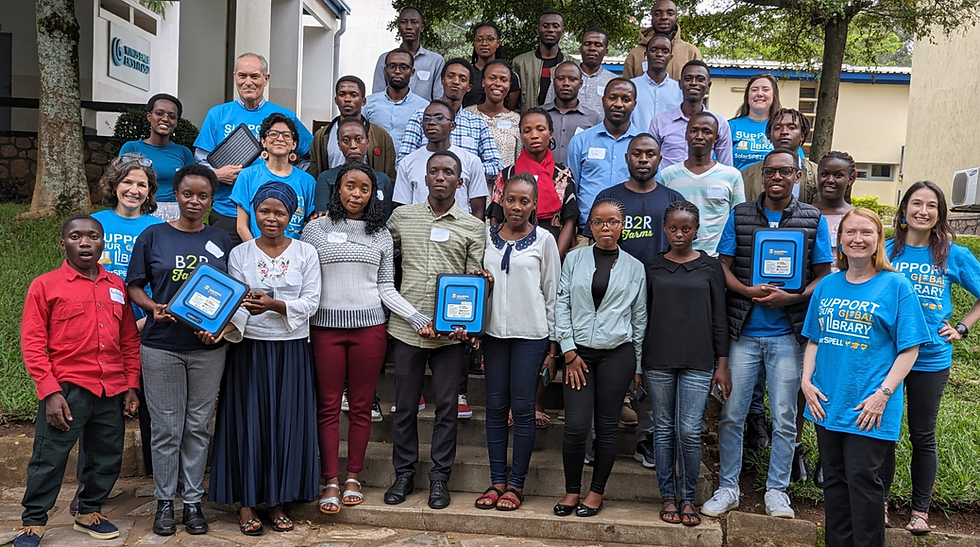How SolarSPELL is Revolutionizing Education Access and Accelerating Learning in Remote Areas
- yanabijoor
- Jan 6
- 2 min read
What problem does SolarSPELL solve?
Many children in impoverished areas struggle with several obstacles to access education. Without reliable electricity, digital learning tools are hard to use. Internet connectivity is often nonexistent, making it difficult to access educational resources. Traditional textbooks are expensive and quickly go out of date. Many schools don't even have basic educational materials. Additionally, kids in remote regions don’t have access to quality teachers.

What is the solution?
SolarSPELL (Solar-powered Education Learning Library) tackles these challenges. Laura Hosman, an associate professor in the School for the Future of Innovation in Society at Arizona State University, challenged her engineering students to create a solar-powered library that would fit into a backpack. Founded in 2015, SolarSPELL is a portable device that offers access to impoverished communities and conflict-stricken areas. SPELL can operate without electricity or an Internet connection. Each unit includes a small solar panel, a microcomputer, and a digital memory card. The device includes pre-loaded library content, supports any browser, and generates its hotspot, allowing computers, phones, and other devices to connect and download educational materials.
What is the impact of SolarSPELL?
There are 500 SolarSPELL devices in remote regions of 15 countries lacking electricity and internet access. As of Fall 2024, the initiative has expanded to three African countries. In Malawi, the team introduced the SolarSPELL Health Library in collaboration with the Malawi Peace Corps Health Advancing Professionals program and the Kamuzu University of Health Sciences. This project, featuring nursing and midwifery content, helps students complete coursework more efficiently, reducing the need for long-distance travel from remote areas for education.

In Zimbabwe, the SolarSPELL agricultural library was launched in partnership with Foundations for Farming to teach farmers about conservation farming. ASU students developed content and interactive videos suitable for communities with low literacy rates. In Lesotho, volunteers were trained to use the educational library and subsequently taught schoolteachers in their villages to incorporate SolarSPELL into their lessons.
Why is SolarSPELL innovative?
SolarSPELL is innovative because its solar-powered devices are easy to use, can travel anywhere, even to remote locations, and don't require much Internet infrastructure. The content is open access or has permission to be added to the library to be copied and shared freely. The distribution model is sustainable, including a "train-the-trainer" model to ensure sustainable usage and impact, and is specifically designed for challenging environments where other educational technologies fail.

How can SolarSPELL improve?
SolarSPELL could improve by adding more diverse educational content on its devices based on specific community needs. It could also integrate additional interactive learning features, expand device durability for harsher environments, and offer ways to update content in remote locations.
Sources



Comments